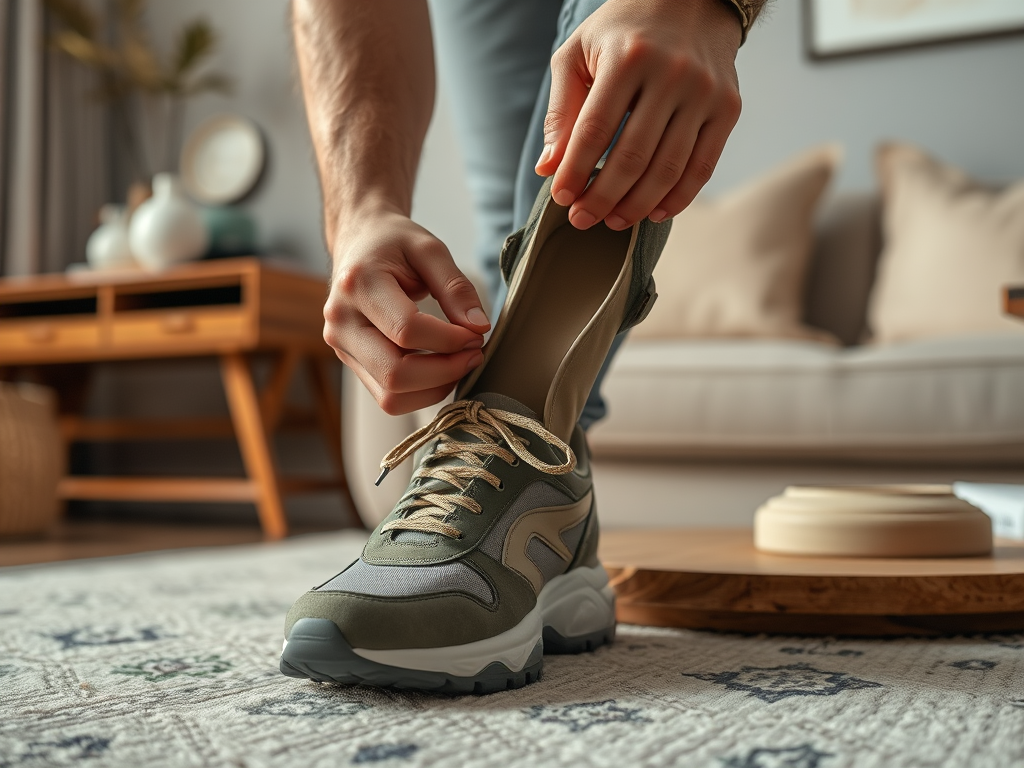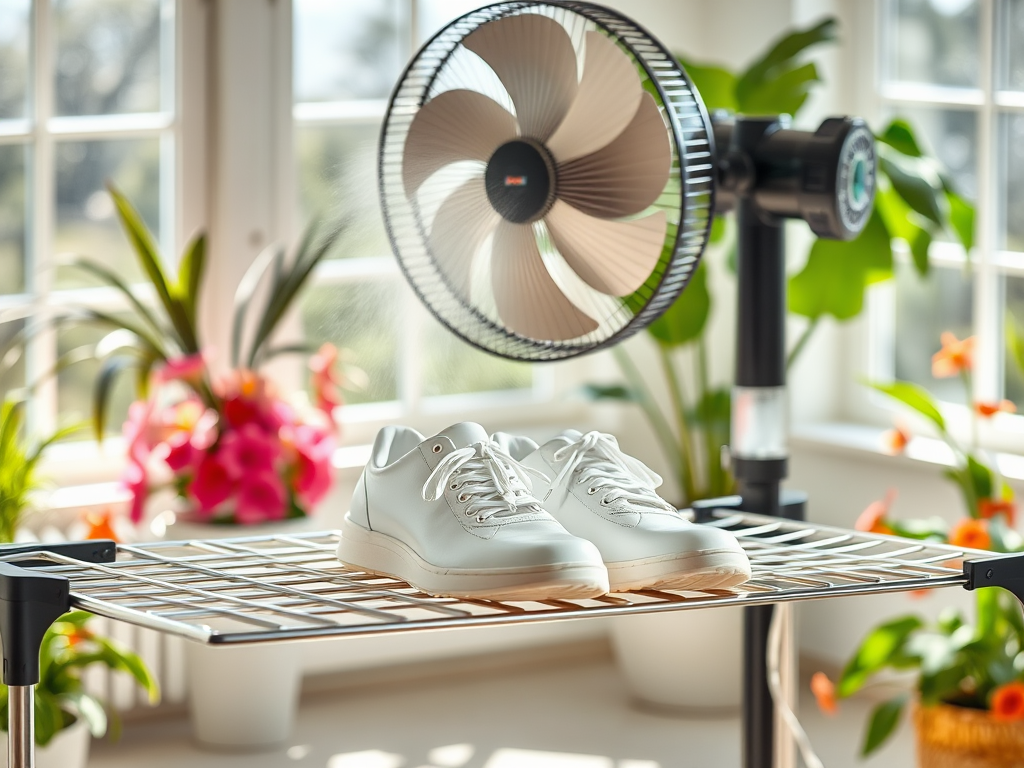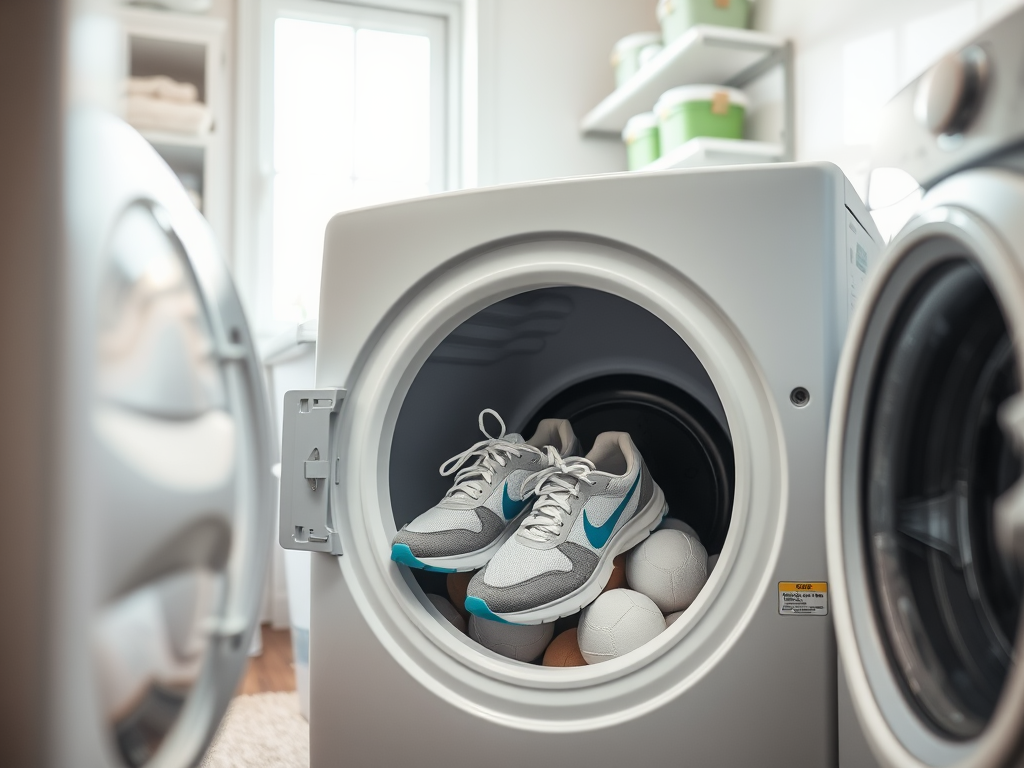In our fast-paced lives, time is precious, and sometimes the traditional methods of drying shoes simply don’t align with our schedules. The convenience of tossing your wet shoes into the dryer can be tempting; however, doing so without caution can lead to disastrous outcomes. You might find yourself with shoes that have shrunk, warped, or lost their original shape entirely. Properly drying shoes in the dryer requires a keen understanding of which materials can endure the heat and how to prepare them effectively. This article dives into the best practices for drying shoes while ensuring they maintain their form and functionality. So, before you hit that start button on your dryer, let’s explore the nuances that can save your shoes from unintended alterations.
Understanding the Risks of Drying Shoes in the Dryer

Drying shoes in a dryer can pose significant risks if not done carefully. The high temperatures can damage various shoe materials, leading to weakened fibers or even melting of certain plastics. Sneakers and tennis shoes may fare better, but if you’re dealing with boots or delicate fabrics like silk, the risks increase substantially. It’s also vital to consider that some shoes contain insulation, especially during winter, which can be compromised when subjected to the high heat of a dryer. This treatment may cause heat-sensitive glues to weaken, leading to peeling soles or lost insoles. Understanding these potential pitfalls is crucial in deciding whether to dry your shoes in the dryer at all.
Choosing the Right Shoes for the Dryer

Before placing your shoes into the dryer, it’s important to know which types are compatible with such treatment. Generally, athletic shoes made of synthetic materials are your safest bet. Conversely, avoid drying the following types:
- Leather shoes
- Suede shoes
- High-end fashion sneakers
- Any shoes with delicate embellishments
- Winter boots with insulation materials
To make informed choices, you can check for labels that indicate the material composition. In addition, observe the sturdiness of the shoe’s construction and whether it can handle a more rigorous drying process.
Preparing Shoes for the Dryer
Proper preparation is key to protecting your footwear before they enter the dryer. Start by removing laces and insoles; this helps to avoid tangling and ensures that the dryer can circulate air freely. Next, clean your shoes, as dirt can get baked into the fabric under high heat. Now, to prevent your shoes from losing their shape, consider placing dryer balls or towels inside them. These not only support the structure of your shoes but also help absorb moisture. Here’s a quick list of steps to prepare your shoes:
- Take out laces and insoles
- Clean the exterior of shoes
- Stuff with towels or use dryer balls
| Material | Dryer Safe? | Recommended Treatment |
|---|---|---|
| Synthetic Fabric | Yes | Low heat setting |
| Leather | No | Air dry only |
| Suede | No | Air dry only |
| Canvas | Yes | Low heat setting |
| Winter Boots | No | Air dry only |
Setting the Correct Dryer Settings
Once your shoes are prepared, the next step involves configuring the dryer settings for optimal results. Begin with selecting the appropriate heat level tailored to the specific materials of your shoes. Generally, low-heat or air-dry settings are the best for preventing shrinkage and distortion. It’s advisable to minimize drying duration; a shorter cycle can often achieve the same results while reducing risk. In many cases, setting the dryer to about 30 to 40 minutes suffices without overdoing it. Ultimately, every shoe is unique, and understanding their specific needs will lead you to make the most informed decisions about heat and drying time.
Alternative Methods to Maintain Shoe Shape
If you’re hesitant to risk drying shoes in a dryer, there are several alternative methods available. Air drying is the safest route – place your shoes in a well-ventilated area, away from direct sunlight. You can also utilize shoe trees or stuff your shoes with crumpled newspapers or tissue paper to help them retain their original shape while drying. For those who prefer a middle ground, consider DIY drying solutions like using a fan for better airflow around wet shoes. Combine methods for thoughtful drying strategies, ensuring long-term durability and shape preservation.
Conclusion
In summary, while drying shoes in the dryer offers a convenient solution to a common problem, it requires careful consideration and execution to avoid damaging your footwear. Choose the right shoes, prepare them properly, and set your dryer to the correct settings to ensure the best results. Remember that alternative methods are available, and in many cases, they may provide a safer drying experience that prolongs your shoes’ lifespan. Prioritize the care of your shoes, and they will reward you with comfort and durability for many seasons to come.
Frequently Asked Questions
Can all types of shoes be dried in the dryer?
No, not all types of shoes are suitable for the dryer. Avoid drying leather, suede, and certain synthetic materials.
How can I prevent my shoes from shrinking in the dryer?
Use low heat settings or air-dry modes, and avoid over-drying.
What items can help maintain shoe shape in the dryer?
Dryer balls, towels, or even rolled-up socks can help keep shoes from clumping together and losing their shape.
Is it better to air dry or use a dryer for shoes?
Air drying is generally safer for most types of shoes but can take longer. Use the dryer cautiously with appropriate shoes and settings.
How often can I dry my shoes in the dryer?
Limit dryer usage to avoid wear and tear; frequent drying can damage shoes over time.
